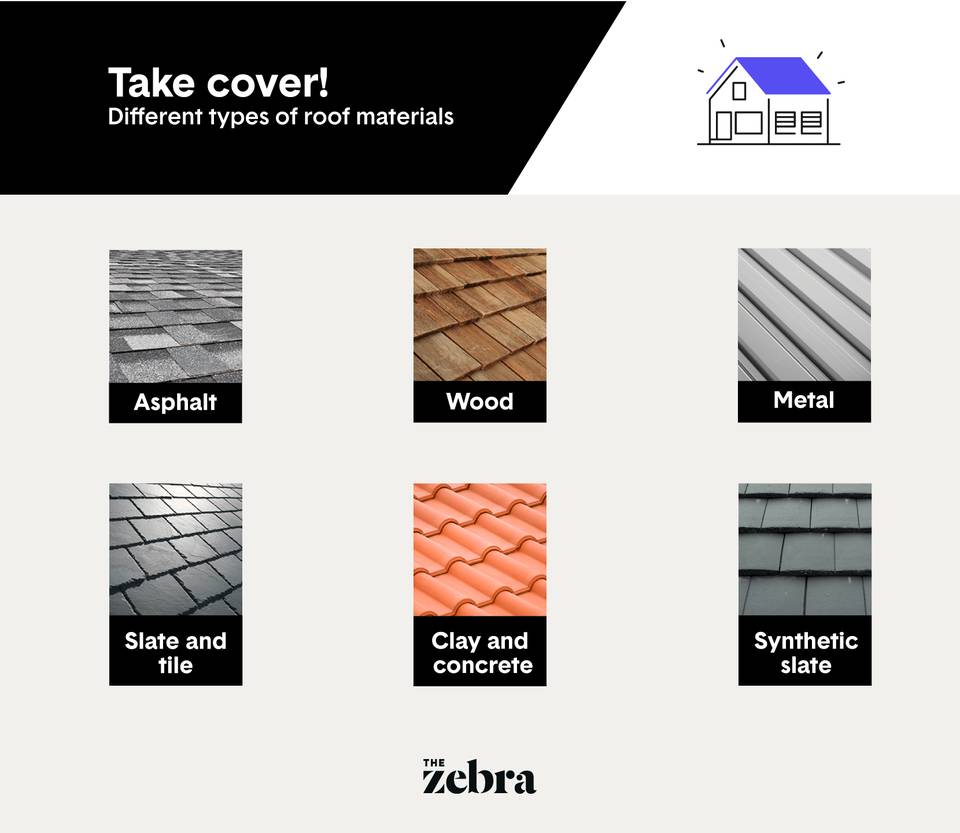Step 3: Make a choice: Repair or replace?
You’ve noticed the leak and identified the source – now what? Should you spring for a new roof? Or could some repair work do the trick?
This is an especially important decision to make if you’re planning to sell your house any time soon. You don’t want to invest money in a home you won’t be living in for much longer, but you don’t want to be caught off guard by a home inspector who recommends a roof replacement.
There are a few variables to consider when making the choice of whether to repair or replace.
The first is how bad – and noticeable – the damage is. If it’s just a few wayward shingles or minor holes, and it’s limited to small areas, then repairing is the way to go.
The second factor to consider is whether it’s in your budget. A full roof replacement can cost up to $10,000. If it’s not something you can afford, and there’s no current safety risk, you can buy yourself some time by making repairs.
The third consideration also has to do with budget – but it’s an argument for full replacement. If the damage is widespread, and the repairs are adding up, then you might as well get the full roof replaced while the crew is on-site. In the long run, you’ll save money doing the whole roof at once versus doing a part now and another part in the future.
Fourth on the list is taking the type of roofing you have into consideration. Some roofs are much easier, and less expensive, to repair than others. For example, replacement isn’t usually the best choice for slate and tile roofs. Unless your roof is 70-plus years old, even extensive repairs are still a smarter investment than a full roof replacement. However, asphalt roofs are relatively inexpensive to repair compared to other roofing; in fact, you could replace an asphalt roof a few times before the cost adds up to the installation of other roofing materials.
Last but not least is the age of your roof. Slate, copper and tile roofs can last more than 50 years, while asphalt shingle/composition roofs last about 20 years. So, if your roof is past its prime, then it’s probably time to give it a whole new look.
Step 4: Understand what insurance does – and doesn’t – cover
In general, homeowners insurance will cover roof repairs or replacement if the damage is due to a weather event or a sudden accident. However, if it’s just general wear and tear we’re talking about, your roof likely won’t be covered. Age matters too; roofs over 20 years old may only have limited coverage. Before making any repairs, check with your insurance company so you know what’s included in your policy.
Buying (or selling) a house? Here are some common repairs to expect.




